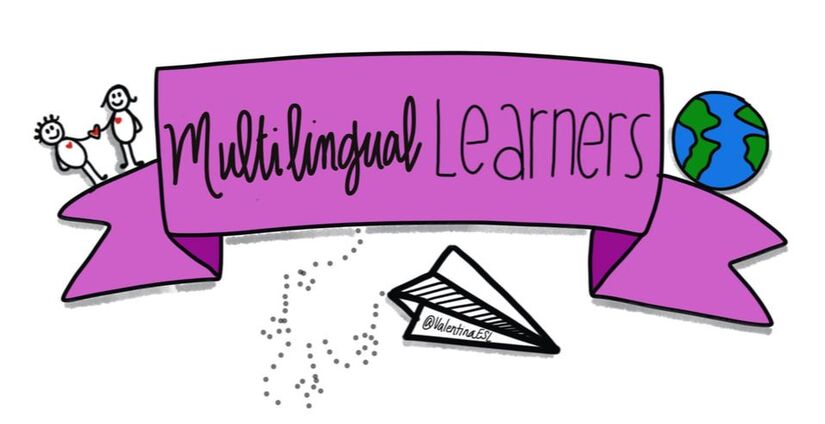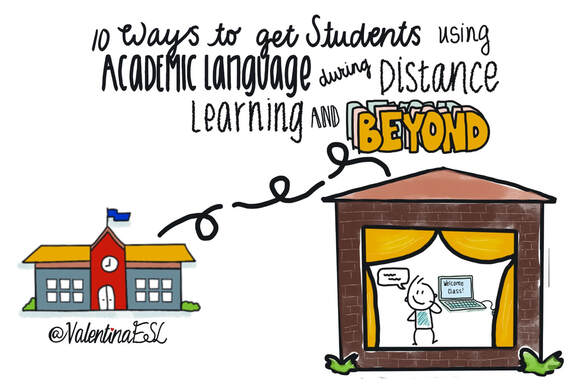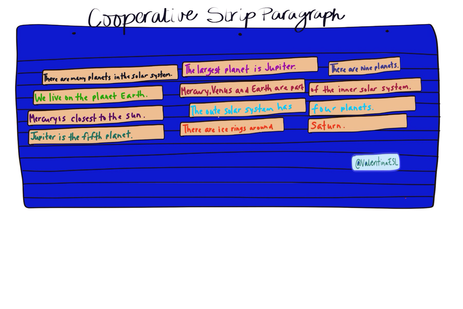|
This article originally posted on Middle Web on 1/6/2019. This is an updated version that includes how to promote academic language during distance learning.
“My kids seem to speak English well, but when it comes to academic tasks, they struggle.” We often wonder why English learners have a difficult time with standardized tests and essays in content areas but are able to communicate with peers and get along fairly well on a day to day basis. The reason behind it may be that academic language is different from everyday language. Academic language takes from 5-7 years to acquire while social or conversational language (often known as BICS, basic interpersonal communicative skills coined by Jim Cummins) only takes 2-3 years. What we know is that students need to make greater gains in academic language in order to become successful in school and post secondary. Academic language is the language of the content area of instruction. It is the textbook talk and vocabulary and syntax used in lectures and class presentation. It is not just single words and includes phrases and sentences as well. It is critical that English learners are offered many opportunities on a daily basis to practice using academic language. Why? We have to consider that some English learners go home to environments where they speak another language in the home. And that is awesome! Bilingualism has great benefits. However, to develop bilingualism, when they are in our classrooms or under our instruction, we have to build as many opportunities as possible for English language development using domain specific vocabulary. We have to put the language in their mouths. Other students (including native English speaking students) may go home to English speaking households, but the level of vocabulary or conversation may not be where we’d hope. This is yet another reason why our instruction (be it face to face or remote) needs to be filled with opportunities for students to use academic language. How can we get students to use academic language? Below you will find 10 ways to get students, especially English learners, practicing academic language in your classroom and beyond.
9 Comments
18 ways to Support English Learners in your classroom in 2018 (or EVER!)2018 is going to be a year where your English Learners thrive! Your ELs need some extra scaffolds and supports to level the playing field. They are learning a new language while navigating content at the same time.
Here are 18 ways that you can help support them with their journey. Not every EL will need all of these scaffolds. Some will need more than others. And once they no longer need the scaffold, remember to release it and let them soar! GLAD Strategy: Cooperative Strip Paragraph
What is the cooperative strip paragraph? The Cooperative Strip Paragraph is by far one of my favorite GLAD (Guided Language Acquisition Design) strategies because it promotes cooperative learning, reading and writing in all content areas. BAM! I first learned about it several years ago when I went through GLAD training. I used to be a certified GLAD trainer for my district (but we let our certification expire). The great thing is that even if your certification expires, the knowledge you've gained never does! Anyhow, I instantly fell in love with Cooperative Strip Paragraphs after using them with my own students. What I love most about CSP is that it allows my students to process their learning while they write in cooperative groups, practice reading at their own readability level, and go through the steps of revising and editing in an authentic way using a shared piece of work. And the fact that CSP can be used in any content area K-12 is an additional BONUS! As a leader in your building, it's important to keep current with all the best practices in education. Knowing what is new and cutting-edge in each content area is difficult yet crucial. As you walk into classrooms and observe teachers, students and the environment, how do you know that all students' needs are being met. ELLs are the fastest growing population in the United States. Are classrooms meeting the needs of their diverse students?
Here's what to look for: |
Categories
All
|





 RSS Feed
RSS Feed
